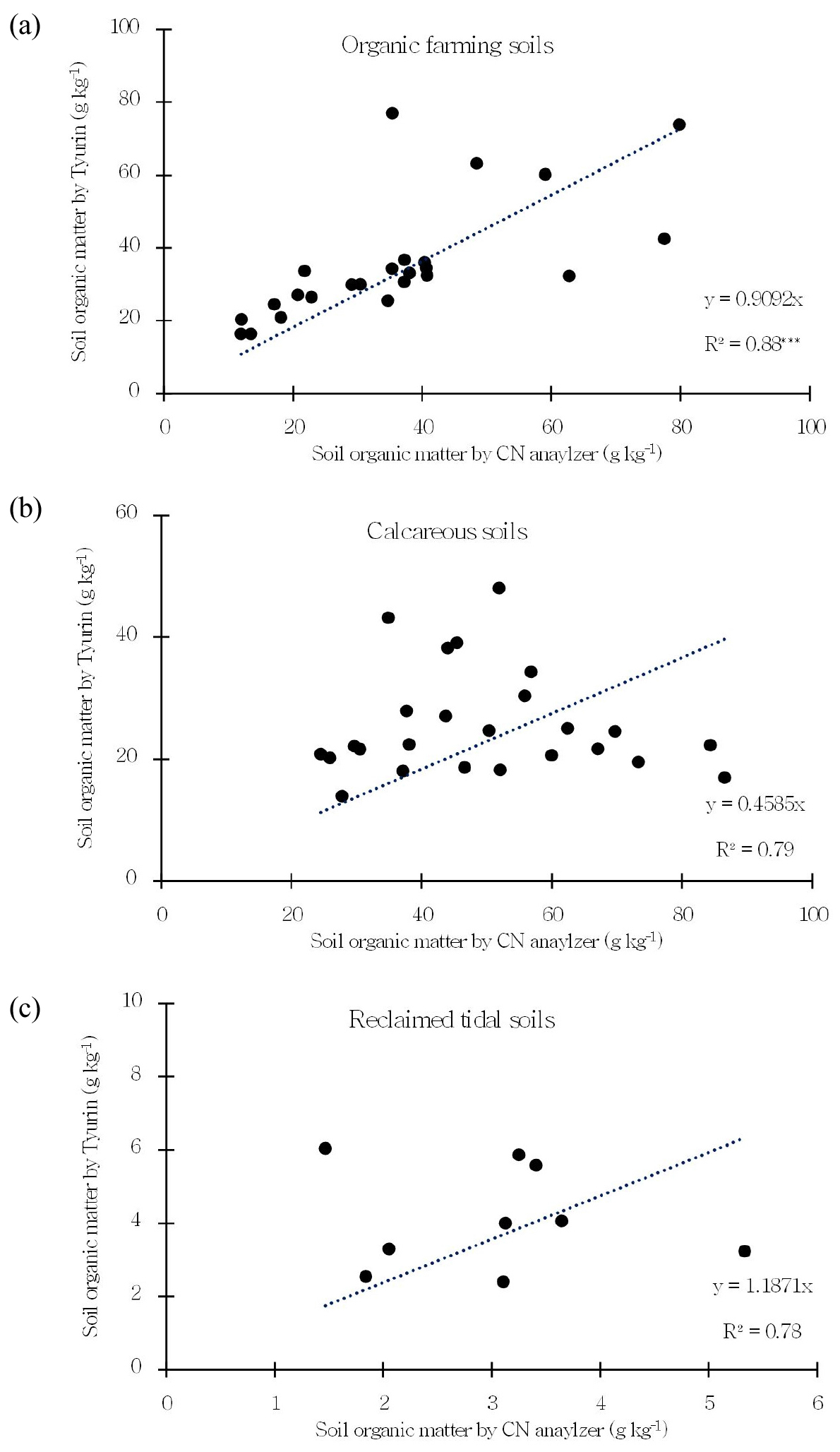-
Research Article
- The efficacy of animal-assisted activities in reducing depression and promoting emotional well-being among institutionalized elderly
- So-Jeong Shin, Seong-Hyeok Im, Ji-Eun Yang, Sang-Hwan Kim
- This study examined the effectiveness of animal-assisted therapy (AAT) in reducing depression among elderly individuals living in nursing homes. Fourteen participants were …
- This study examined the effectiveness of animal-assisted therapy (AAT) in reducing depression among elderly individuals living in nursing homes. Fourteen participants were selected and divided into an experimental group (n=7) and a comparison group (n=7). The experimental group participated in a 12-week AAT program, with one 60-minute session per week from September to December 2024. Depression levels were assessed before and after the intervention using a standardized depression scale. The results demonstrated that the experimental group showed a significant reduction in depression compared to the comparison group, which received no intervention. These findings suggest that AAT can be an effective non-pharmacological intervention for improving mental health in elderly individuals by alleviating depression and promoting emotional well-being. Furthermore, AAT may play a crucial role in mitigating social isolation, ultimately enhancing life satisfaction and supporting reintegration into society. Future research should explore long-term effects and broader applications of AAT in elderly care settings. - COLLAPSE

-
Research Article
- Functional evaluation of bacteriocin-like compounds from lactic acid bacteria isolated from Dongchimi
- Woan-Sub Kim
- Lactic acid bacteria (LAB) produce various antimicrobial substances, including bacteriocins, which can be effectively utilized for inhibiting pathogenic microorganisms and preserving food. …
- Lactic acid bacteria (LAB) produce various antimicrobial substances, including bacteriocins, which can be effectively utilized for inhibiting pathogenic microorganisms and preserving food. In particular, Lactobacillus strains isolated from traditional fermented foods exhibit notable antimicrobial activity. In this study, the cell-free supernatant (CFS) produced by L. plantarum isolated from Dongchimi showed strong inhibitory effects against Escherichia coli. The antimicrobial compounds demonstrated heat stability but lost their activity under neutral pH conditions. Furthermore, antimicrobial activity was observed in both >5 kDa and < 5 kDa molecular weight fractions, suggesting the presence of multiple active components. However, direct evidence confirming the presence of bacteriocins was not obtained in this study. Further research is needed to isolate, identify, and characterize the antimicrobial components and elucidate their mechanisms of action. - COLLAPSE

-
Research Article
- Effect of pyruvate supplementation on growth performance, blood profile and antioxidant activity in broilers fed high oxalate diets
- Won-Vin Choi, Gyu-Seong Kim, Min-Ju Kim
- This study was conducted to investigate the effects of pyruvate supplementation in mitigating the anti-nutritional effects of oxalate on growth performance, blood …
- This study was conducted to investigate the effects of pyruvate supplementation in mitigating the anti-nutritional effects of oxalate on growth performance, blood profiles, and antioxidant activity in broilers. A total of 216 broiler chicks (d 1, Ross 308) were randomly assigned to three treatments based on initial body weight. Each treatment consisted of 12 replicates with 6 birds per replicate, and the experiment lasted for 42 days. The dietary treatments included a control diet (CON), a diet supplemented with 1% oxalate (Ox), and a diet supplemented with 1% oxalate and 1% pyruvate (OxPyr). Blood samples were collected from the wing vein of one randomly selected bird per pen. Body weight gain was significantly higher in the CON group compared to the Ox and OxPyr groups during phases 1 to 3, and the Ox group had the lowest BWG throughout the experimental period (p < 0.05). Feed intake was significantly higher in the CON group than in the Ox and OxPyr groups, while feed conversion ratio did not differ significantly among the treatments. Serum AST concentration was significantly higher in the Ox group, and cortisol concentration was significantly lower in the OxPyr group. The concentration of GSTs was significantly higher in the CON group, while the concentrations of GSH-Px, SOD, and T-AOC were significantly higher in the Ox group than in the CON and OxPyr groups (p < 0.05). These results suggest that pyruvate supplementation with a high-oxalate diet mitigates the anti- nutritional effects of oxalate on blood profiles and antioxidant enzyme levels. - COLLAPSE

-
Technical Note
- Comparative evaluation of soil organic matter determination using tyurin and dry combustion methods in three soil types in Korea
- A-Rin Kim, Hyun-Hwoi Ku
- Soil organic matter (SOM) plays a critical role in nutrient cycling, soil structure, and microbial activity. In Korea, the Tyurin method has …
- Soil organic matter (SOM) plays a critical role in nutrient cycling, soil structure, and microbial activity. In Korea, the Tyurin method has traditionally been used to estimate SOM, but environmental concerns and potential inaccuracies have led to increased use of dry combustion. This study compared SOM contents in organic farming, calcareous, and reclaimed tidal soils using both the Tyurin and dry combustion methods. A total of 58 soil samples were analyzed. In organic soils, both methods yielded similar SOM values (~36 g kg⁻¹), while in calcareous soils, dry combustion values were approximately 2.12 times higher. In reclaimed soils, the Tyurin method produced values about 1.6 times greater. Regression analysis revealed strong agreement in organic soils (Y = 0.9092X, R² = 0.88), with weaker relationships in calcareous (Y = 0.4585X, R² = 0.79) and reclaimed soils (Y = 1.1871X, R² = 0.78). The discrepancies are attributed to Cl⁻ and carbonate interferences, suggesting that soil-specific pretreatment is essential for accurate SOM quantification. When appropriate pretreatment is applied, both methods can provide reliable results depending on soil characteristics. - COLLAPSE

-
Technical Note
- Observing the ecology and management of captive giant pandas in korea: a case of ex-situ success
- Cher-Won Kang, Sang-Hwan Kim
- The giant panda (Ailuropoda melanoleuca) is a highly specialized member of the order Carnivora that exhibits an extreme herbivorous diet, characterized by …
- The giant panda (Ailuropoda melanoleuca) is a highly specialized member of the order Carnivora that exhibits an extreme herbivorous diet, characterized by low digestive efficiency, delayed implantation, and a narrow window of reproductive receptivity. This study comprehensively examines the species' morphological, ecological, reproductive, and dietary traits, with a particular focus on the success of panda conservation and breeding practices in the Republic of Korea. The results highlight the significance of the Everland Zoo in Yongin, Korea, which achieved successful natural breeding, including twin births, in a non-native setting, a rare accomplishment outside China. Key practices such as seasonal feeding of four types of domestically sourced bamboo, implementation of a wotou-based diet tailored to the panda’s pseudogenized T1R1 umami taste receptor gene, and cold-stored bamboo shoot supply experiments have contributed to Korea's effective panda management system. These efforts, combined with robust public engagement and ecological education programs, have positioned the giant panda not only as a conservation icon but also as a bridge to raise awareness about biodiversity and sustainability. Ultimately, panda conservation extends beyond population maintenance. It represents an integrative bio policy framework grounded in ecological, evolutionary, and behavioral understanding. The Korean case exemplifies a globally applicable model of sustainable ex-situ conservation and underscores the importance of localized, science-based strategies for endangered species management. - COLLAPSE




 Journal of Humanimal Sciences
Journal of Humanimal Sciences

